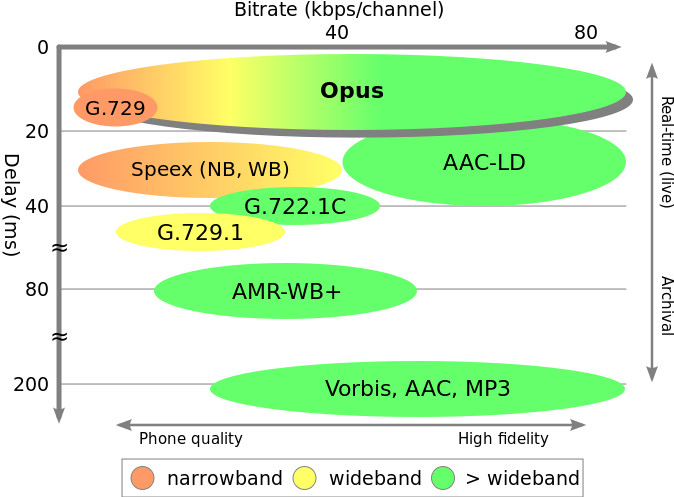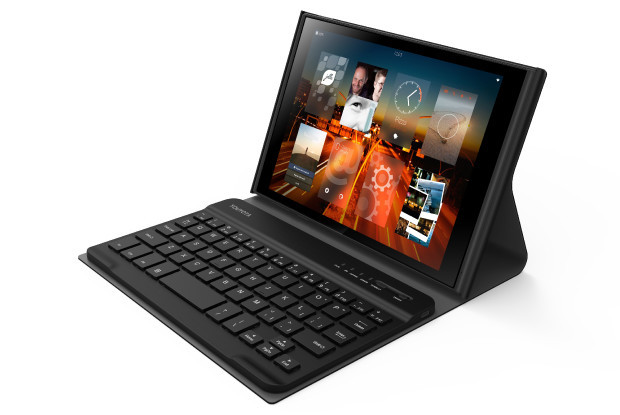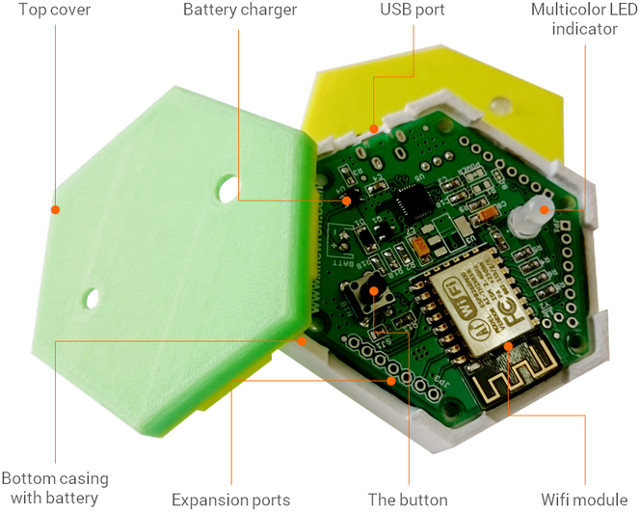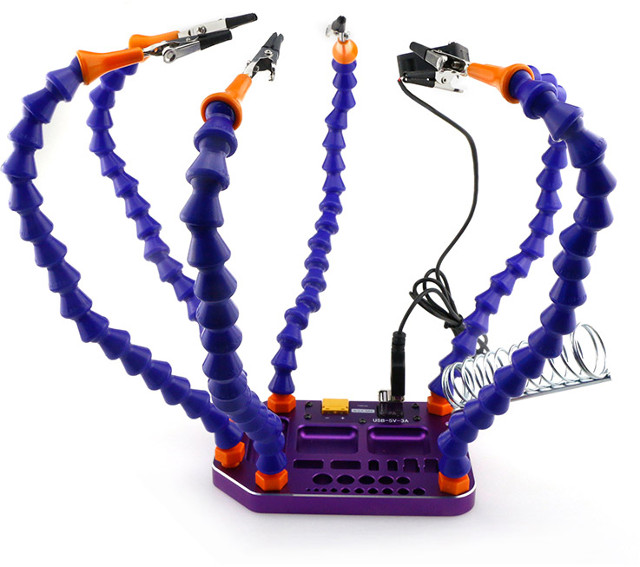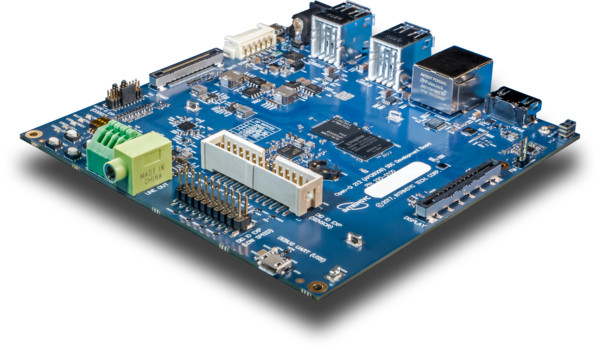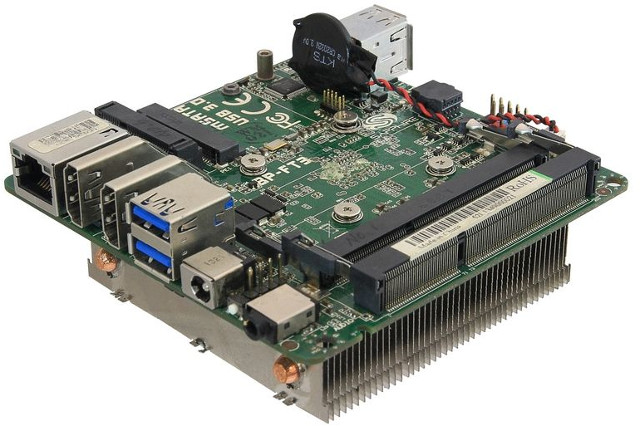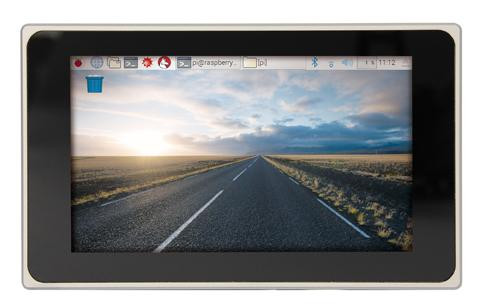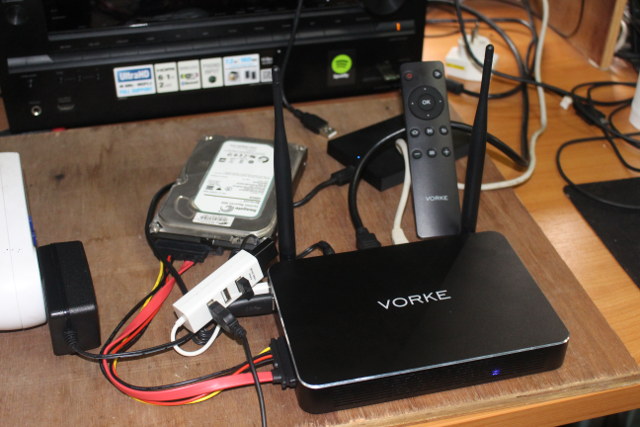The Xiph.Org Foundation has recently announced the release of Opus 1.2 open-source audio codec with ever lower high-quality audio bitrate for music (32 Kbps) and speech (12 Kbps), faster encoding and decoding, and other tweaks to the standard and library. If you’ve never heard about Opus or need to refresh your memory, you may want to read my previous article about Opus Open Source Audio Codec. The developers improve music quality by “adjusting the bit allocation trim, improving tonality analysis with better frequency resolution, and improving quality on signals with a few very powerful tones”. You can compare Opus 1.0, 1.1 and 1.2, and MP3 at different bitrates on Xiph website. You’ll need a browser that supports Opus and MP3 in HTML5 for this to work (Chrome, Firefox, and Opera do), or you may hear another sample as if Opus support is missing the file will be played as a […]
Jolla Tablet Take 2 – Youyouta Tablet Runs Linux Based Sailfish OS 2.1 Operating System (Crowdfunding)
Jolla Tablet running Linux based Sailfish OS was launched in 2014 via Indiegogo, and the campaign was initially very successful having raised over 2.5 million dollars, but eventually it became a disaster as the company had some financial issues, and the tablet was canceled with on a few backers having received their tablet. The company eventually organized a refund program, so it did not end up being as bad as it first seemed. But there’s now a “new” SailFish OS tablet – Youyouta tablet – that has been launched on Indiegogo last month. Jolla is not handling the manufacturing and campaign, and instead it’s done by a third party who is paying license fees to Jolla for Sailfish OS. They re-used most parts of the hardware design from original Jolla tablet plus a few modifications like option for higher storage capacity: SoC – Intel Atom Z3735F quad core “Bay Trail” […]
1btn is a Battery Powered Open Source ESP8266 WiFi Button
If you have some WiFi power switch like Sonoff TH16 at home, you’d normally control them using a mobile app or a web interface. This is all good, but getting your phone, unlocking it, and launching the app to turn on or off an appliance is not the most efficient way to operate, and in some cases, some people in the household may not know how to use a smartphone. Physical WiFi buttons are the solution, but there aren’t so many for sale. We’ve seen previously it was possible to hack an Amazon Dash, but it’s not really that flexible, and 1btn could potentially be a better option, as it’s open source and based on Espressif ESP8266 WiSoC. 1btn specifications: WiFi Module – ESP-12F based on Espressif ESP8266 MCU – Microchip Atmel ATmegaxx8 AVR MCU Connectivity – 802.11 b/g/b WiFi up to ~50 meter range USB – 1x USB port […]
HT-01 “Helping Hand” Soldering Stand Comes with 6 Arms, a USB powered Fan
I have a “helping hand” in my office with two flexible arms and alligator clamps, and a magnifier that I use sometimes to solder or unsolder components more easily. The metallic arm are not always easy to put in the right position, and the base is not always heavy enough, but it does the job most of the time. But I’ve just come across with a helping hand station with 6 flexible gooseneck arms that may allow for more positions and easier setup, as well as hold a USB powered fan to such out fumes or blow them away, and/or a lamp. HT-01 soldering station features: Aluminum alloy base – 140 x 100 x 12mm (purple or black) 6x universal joint pipe of 300mm length with alligator clip 1 5V USB output regulator plate with two USB ports up to 5V/3A to connect fans 1x 5V USB Fan 1x Soldering […]
Qualcomm Snapdragon 212 Boards – Intrinsyc Open-Q 212 and Kaynes Technology SKATE-212
Qualcomm Snapdragon 212 (APQ8009) quad core Cortex A7 processor is used in entry-level smartphones, but it’s also one of the processors which the company expects to use in their Smart Speaker Platform leveraging Google Assistant, Amazon Alexa, and other A.I. voice services. Two company has designed single board computers that can be used for this purpose: Intrisync Open-Q 212 and Kaynes Technology SKATE-212. Intrisync Open-Q 212 SBC Development Board Contrary to some other Open-Q boards, but not all, Open-Q 212 is not comprised of a baseboard and a system-on-module, as everything is soldered on a single PCB. Open-Q 212 specifications: SoC – Qualcomm Snapdragon 212 (APQ8009) quad core ARM Cortex A7 processor @ 1.267GHz with Adreno 304 GPU, QDSP6 DSP System Memory – 1GB LPDDR3 Storage – 8GB eMMC (non-POP) flash and micro SD card socket Connectivity – Ethernet, pre-scanned Wi-Fi 802.11n 2.4Ghz (WCN3610) with chip and U.FL antennas, Bluetooth 4.1 […]
$89 Sapphire BP-LX210KL Board is Powered by AMD G-Series LX Dual Core Processor
Mentor Embedded will regularly organize webinars to show how to use or leverage their embedded Linux distribution, but their latest upcoming webinar entitled “Deploying Embedded Linux on an AMD LX-based sub-$100 Sapphire LX210 board” caught my eyes simply because there aren’t that many low cost AMD boards. The only ones I can think of are Gizmo 2 board sold for $200, as well as some PC Engines boards starting at $106 and mainly designed for headless applications. It took me several attempts on DuckDuckGo and Google, before finding Sapphire LX 210 product page. It’s even unclear how the board is called, as the company refers to it as BP-LX210KL at times, and BP-FT3bGS or BP-210KL in other instances. Preliminary specifications: SoC – AMD G-series LX210 dual core processor with Radeon GPU supporting DirectX 11.1, OpenGL 4.2 and OpenCL.2 manufactured using 28nm process technology System Memory – 2x DDR3 SO-DIMM up to […]
MASS RPI 07 is a 7″ Industrial Touch Panel PC Based on Raspberry Pi 3
MASS GmbH has launched RPI 07, a touch panel PC with a 7″ 800×480 display powered by a Raspberry Pi 3 board, and designed for industrial applications thanks to a 12V to 24V variable power input, aluminum housing, DIO with optocouplers, an optional CAN Bus and more. MASS RPI-07 specifications: SoC – Broadcom BCM2837 quad core ARM Cortex A53 processor @ up to 1.2 GHz with VideoCore IV GPU System Memory – 1GB LPDDR2 Storage – 16GB micro SD SDHC Class 10 Display – 7″ WVGA 800×480 touchscreen display with 250cd/m² brightness, 500:1 contrast, 10-point touch Connectivity – 1x 10/100Mbps Ethernet, 802.11 b/g/n WiFi and Bluetooth 4.2 LE USB – 4x USB 2.0 Optional Interfaces – Real-time clock (RTC), DIO with optocouplers, I²C, CAN, RS232 Power supply – 12 to 24V DC (15W max) via 2-pin terminal with on/off switch Dimensions – 200 x 118 x 48mm (powder coated metal […]
Vorke Z3 Rockchip RK3399 TV Box Review – Part 2: Android 6.0 Firmware
Vorke Z3 is another mini PC / TV box powered by Rockchip RK3399 hexa core processor with two Cortex A72 cores, and two Cortex A53 cores making it theoretically one of the fastest TV boxes on the market, excluding NVIDIA Shield Android TV which is well ahead of the competition, albeit with poor worldwide availability. I’ve have already shown Vorke Z3 hardware inside out, so in the second part of the review, I’ll focus on testing the firmware including video playback, and the system performance, and see how it compares to the similar Yundoo Y8, which I reviewed last month. First Boot, Setup, and First Impressions One the selling point of Vorke Z3 is its SATA connector, so I connected a 1TB 3.5″ SATA drive first, as well as Seagate USB 3.0 drive (1TB) to the USB 3.0 port, I also added a USB hub to connect a USB keyboard, […]


